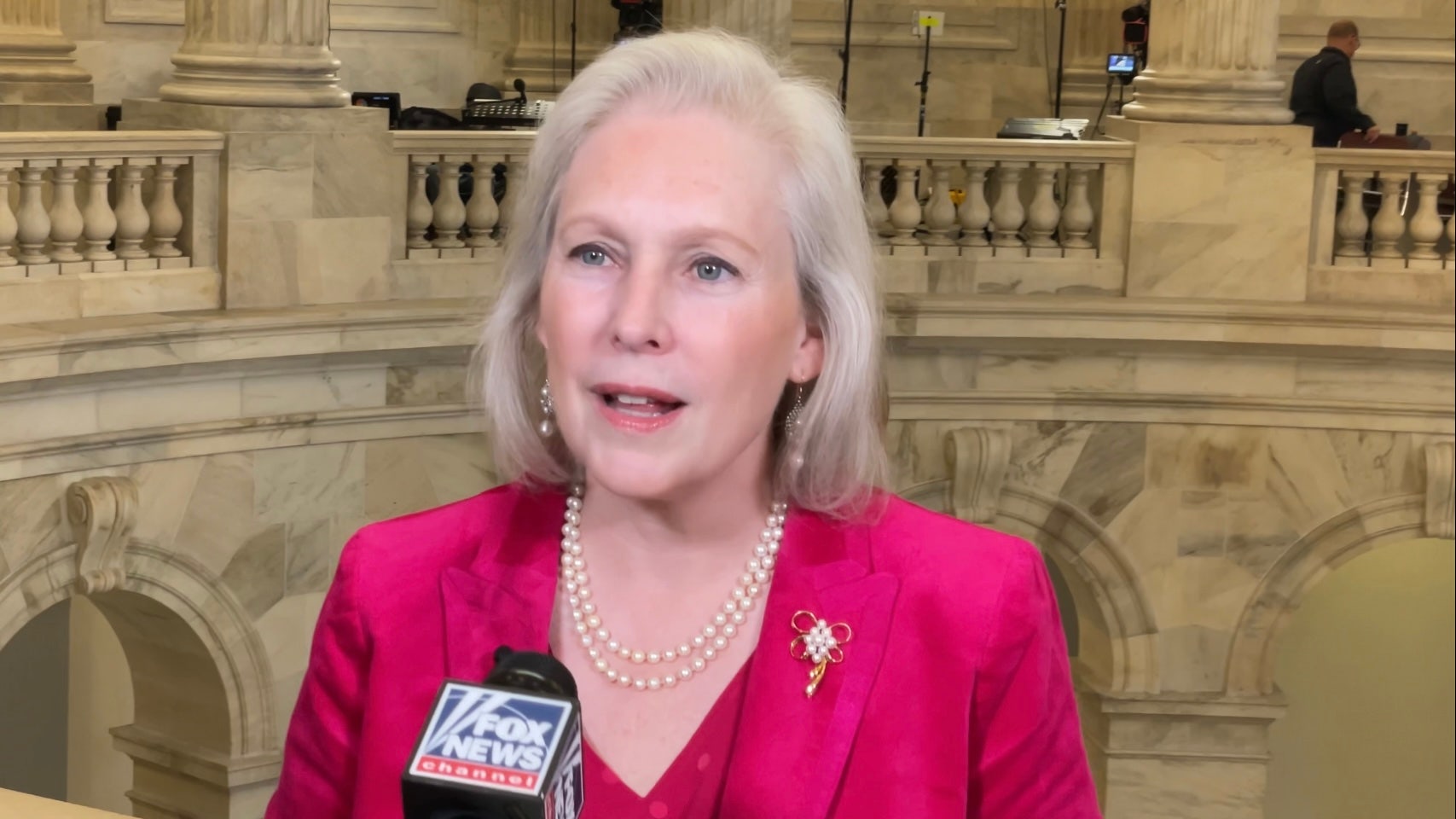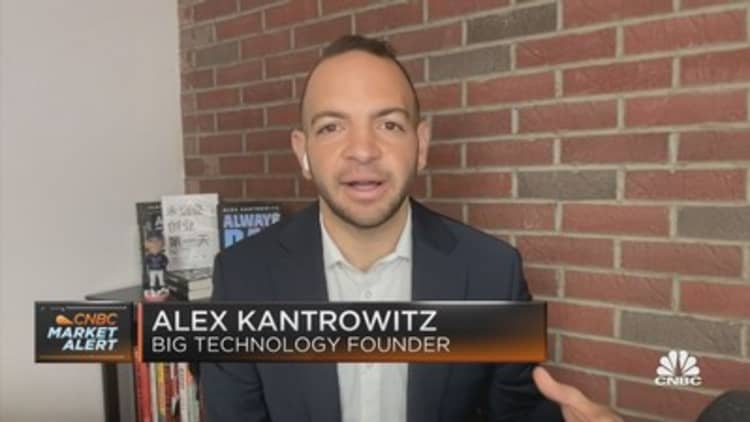
It’s becoming increasingly clear that businesses of all sizes and across all sectors can benefit from generative AI. From code generation and content creation to data analytics and chatbots, the possibilities are vast — and the rewards abundant.
McKinsey estimates generative AI will add $2.6 trillion to $4.4 trillion annually across numerous industries. That’s just one reason why over 80% of enterprises will be working with generative AI models, APIs, or applications by 2026. Businesses acting now to reap the rewards will thrive; those that don’t won’t remain competitive. However, simply adopting generative AI doesn’t guarantee success.
The right implementation strategy is needed. Modern business leaders must prepare for a future managing people and machines, with AI integrated into every part of their business. A long-term strategy is needed to harness generative AI’s immediate advantages while mitigating potential future risks.
Businesses that don’t address concerns around generative AI from day one risk consequences, including system failure, copyright exposure, privacy violations, and social harms like the amplification of biases. However, only 17% of businesses are addressing generative AI risks, which leaves them vulnerable.
Making good choices now will allow leaders to future-proof their business and reap the benefits of AI while boosting the bottom line.
Businesses must also ensure they are prepared for forthcoming regulations. President Biden signed an executive order to create AI safeguards, the U.K. hosted the world’s first AI Safety Summit, and the EU brought forward their own legislation. Governments across the globe are alive to the risks. C-suite leaders must be too — and that means their generative AI systems must adhere to current and future regulatory requirements.
So how do leaders balance the risks and rewards of generative AI?
Businesses that leverage three principles are poised to succeed: human-first decision-making, robust governance over large language model (LLM) content, and a universal connected AI approach. Making good choices now will allow leaders to future-proof their business and reap the benefits of AI while boosting the bottom line.























































